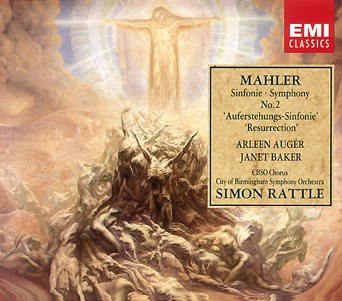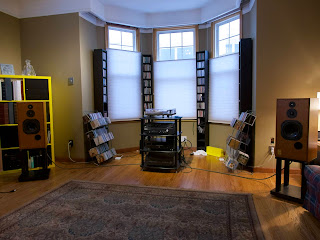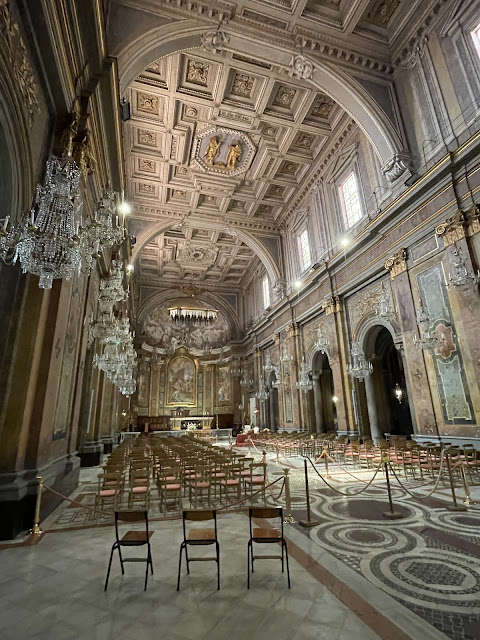Mahler's Resurrection Symphony
 In mid-June I was able to take an evening and attend Gustav Mahler's 2nd Symphony performed by the Toronto Symphony Orchestra with Erin Wall, Susan Platts and the Toronto Mendelssohn Choir, conducted by the TSO music director, Peter Oundjian.
In mid-June I was able to take an evening and attend Gustav Mahler's 2nd Symphony performed by the Toronto Symphony Orchestra with Erin Wall, Susan Platts and the Toronto Mendelssohn Choir, conducted by the TSO music director, Peter Oundjian. Mahler is out of fashion in so many ways in our modern society. His orchestration is sometimes over the top. His themes are often spiritual and theological even, mixed with a love of and perhaps a bit of fear of nature. The "Resurrection Symphony" as it is known is even more "Mahlerian" if you like than some other of his compositions.
In an era of the anti-hero, of skepticism, of the immediate and the scientficially demonstrable, it is easy to say Mahler is reaching. But his music is not mere sentiment. If anything it comes to me as too heady at times. It certainly invites contemplation of the profound.
What really counts in life? What happens after death? Am I alone? Where is that loving "chorus"? Am I really surrounded by a reality I can't touch and see?
The sheer co-operation and synchronicity required to achieve its monumentalism must have a great effect on the performers. It did on me!
I've taken to sitting near the front when there are concerts where there is lots of action. I can listen to a perfectly balanced sound at home. And I would recommend the well-known EMI recording by Sir Simon Rattle, with City of Birmingham Symphony Orchestra, its chorus, Arleen Auger and Dame Janet
Baker.
Sitting up front I get much more of the interaction not just of the conductor and soloists, but also the body language of the players. These days as well, there are often young musicians nearby who know somebody up on stage. This adds to the interactivity of the whole thing.
If you are grazing, you might just try the first movement and the last and then look for a time when you are ready to be contemplative to let it pour over you.

